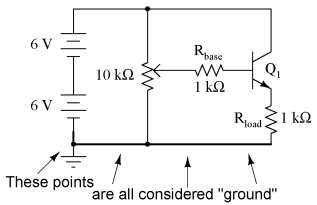
This means that the output of a digital signal can be driven low to ground, and when the signal is supposed to be high, the output is merely disconnected.

Most rotary encoders on the market are going to have an open-collector output. Typical 5 V digital square wave Open-Collector Outputs For this post we will focus on incremental encoder outputs which deliver a basic square wave. This means that for a 5 V encoder, signals will always switch between 0 V (ground) which is low or a binary 0, and 5 V which is high or a binary 1. Whether it is an incremental encoder's quadrature output, a commutation encoder's motor pole output, or a serial interface that uses a specific protocol, all of these signals are digital and have high and low states. These three output types describe the physical layer of digital communication.

The answer is not always clear, so in this post we will review the three main types of outputs seen on just about any encoder: open-collector, push-pull, and differential line driver. Additionally, and sometimes overlooked, is the encoder output signal type needed. Once they know what type they need there are a laundry list of other parameters to consider such as: resolution, mounting pattern, motor shaft size, and more. An engineer specifying a sensor must decide if their application requires an incremental, absolute, or commutation encoder.

When it comes to choosing an encoder for a motion control application there are a number of choices that need to be made.


 0 kommentar(er)
0 kommentar(er)
